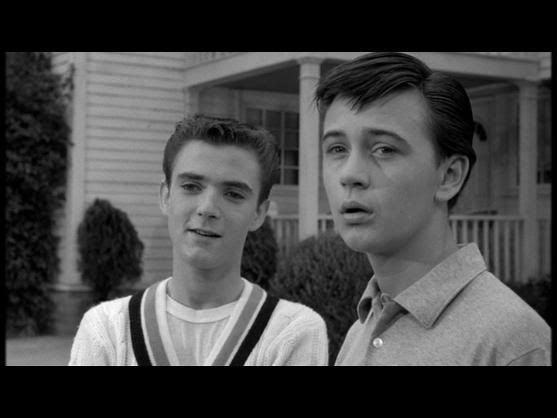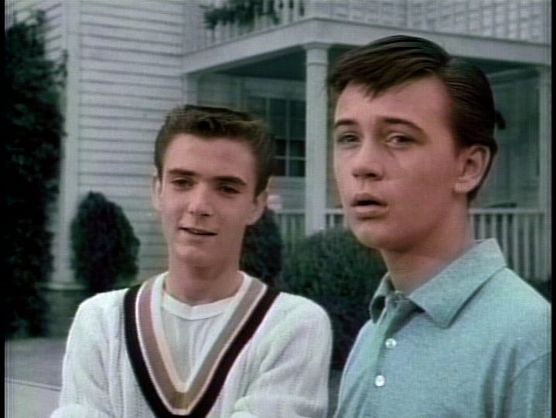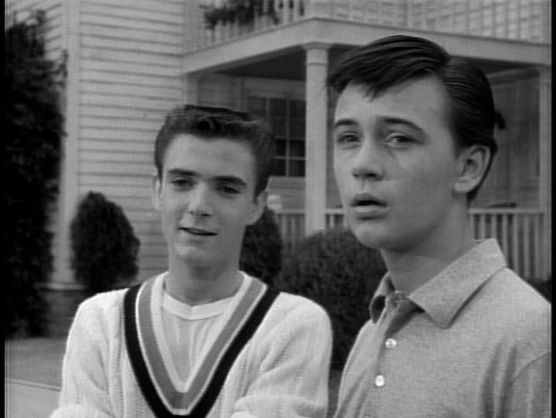Colorizing Disney: An essay on a short lived craze to colorize black-and-white content
By Aaron Willcott
Just imagine seeing Bergman and Bogie do their ‘here’s lookin’ at you kid’ scene from “Casablanca”….in color! Would it enhance the scene? How about seeing Jimmy Stewart contemplate suicide in “It’s a Wonderful Life”….in color! Would you feel his humanity more? Maybe watch Hitchcock’s “Psycho” in color and finally see if it really would be ‘too gory’ as Sir Hitchcock said it would be.
In the 1980s, a company called “Color Systems Technology, Inc.” patented a method of colorizing black-and-white film. Initially they were only colorizing footage of the moon’s surface taken from black-and-white films from American astronauts. Then they worked on black-and-white newsreel footage for a documentary on Martin Luther King. In 1985, though, the world was awestruck when the black-and-white film “Topper” (1937) was re-released and the world saw the movie in color for the very first time!

Even in the beginning there was controversy. Despite the financial success of the newly colorized “Topper” (1937), several Hollywood giants like Jimmy Stewart, John Huston, and Woody Allen all spoke out against the process. They thought colorizing black-and-white films was like painting over the Mona Lisa. Why would you try to work on someone else’s art when it didn’t really need fixing in the first place?
On the other hand, though, you had some Hollywood heavyweights who supported the process. Not only was it a lucrative way to gain more money out of tired old films, but several celebrities publicly endorsed the process. Cary Grant often spoke of his delight in the colorizing of “Topper” (1937). Frank Capra actually approached one company, Colorization Inc., to see if they would colorize “It’s a Wonderful Life”, “Meet John Doe”, and “Lady for a Day”. The contracts were signed, but only ‘Wonderful Life’ ever was completed.

When Ted Turner began restoring the vast library of titles he acquired, he embraced the colorization process as a way to breathe new life into films and offered a way to make old films accessible to contemporary audiences. He famously told critics of the colorization process that he was planning on converting “Citizen Kane” into a colorized picture. This prompted the response, “Keep Ted Turner and his damn crayons away from my movie,” from Orson Welles (who had creative control of the picture from his original contract).
Disney wasn’t immune to the new craze sweeping over the entertainment industry. They had a new premium cable channel, and several black-and-white properties that would be perfect for exhibition. The first Disney product to receive colorization was “The Absent Minded Professor” (1961). In March of 1986 it premiered on The Disney Channel and the world saw flubber for the first time…..in color!

Although released on VHS in 1981 in black-and-white, Disney re-released “The Absent-Minded Professor” (1961) on VHS in 1986. They could entice audiences to perhaps ‘double dip’ for the first time so they could have the film in color. The colorization didn’t stop there. Next up was changing the 1959 comedy “The Shaggy Dog”. The first live-action comedy from Disney (and the first screen pairing of Fred MacMurray with Tommy Kirk), would be re-introduced to audiences who had never experienced the ‘cursed Borgia ring’ or the wacky slapstick of changing into a dog.

Again Disney re-released “The Shaggy Dog” (1959) on video in a newly colorized version to cash in on the process. Perhaps the most ambitious of all projects undertaken by Disney, though, was the colorization of the much loved “Zorro” (1957) television series. Despite the failure of the short-lived “Zorro and Son” on CBS in the early 1980s, Disney knew they had an invaluable asset in their catalog. Though Zorro had been airing on television off-and-on for decades, and already had its run on The Disney Channel, Disney colorized the series and re-aired it on television prompting viewers to return and watch ‘The Fox’ defeat Monastario all over again.

“Zorro” (1957) would mark the last asset that the Disney Company would colorize. The process was an expensive and slow one. It would take about an hour to complete only 1 minute of footage, and it cost approximately $180,000 in 1986 to colorize a 90 minute feature. The monetary returns simply weren’t there. Despite video sales and re-releases, the critical backlash and bored audiences led to the end of the colorization craze.
With the invention of DVD, however, colorizing old films is beginning to make a come-back. DVD offers the option of viewing films in several different versions, and releases like “Topper” (1937), “My Man Godfrey” (1936) and “Night of the Living Dead” (1968) have all been quite successful. Several studios have re-colorized certain films. Sony recently undertook a brand new colorization process and released newly colorized films like “Earth vs. the Flying Saucers” (1956) and “20 Million Miles to Earth” (1957) in stunning transfers.

So what becomes of these colorized films? Do they have a place in film history? Should they be locked away, never to be seen again? Worse yet, should their video tape masters be destroyed and that period in Hollywood forgotten? In a day and age where the consumer is offered several different versions of a film (i.e. a theatrical cut, a director’s cut, a producer’s cut, a European cut, and an unrated cut), perhaps these maligned colorized versions can find a shelf life next to their amalgamated counterparts. Maybe there is as much validity in a colorized version of a film as there is for an ‘unrated cut’.
These colorized versions, whether you like them or not, were created and played some small part in the life of these films. They deserve to be preserved and cleaned up and shown like all other versions. As long as the original black-and-white medium the film was created in is available, why not share these forgotten artistic interpretations? There will hardly be a huge following for the colorized versions, but their mere existence peaks the curiosity of the typical cinephile.







